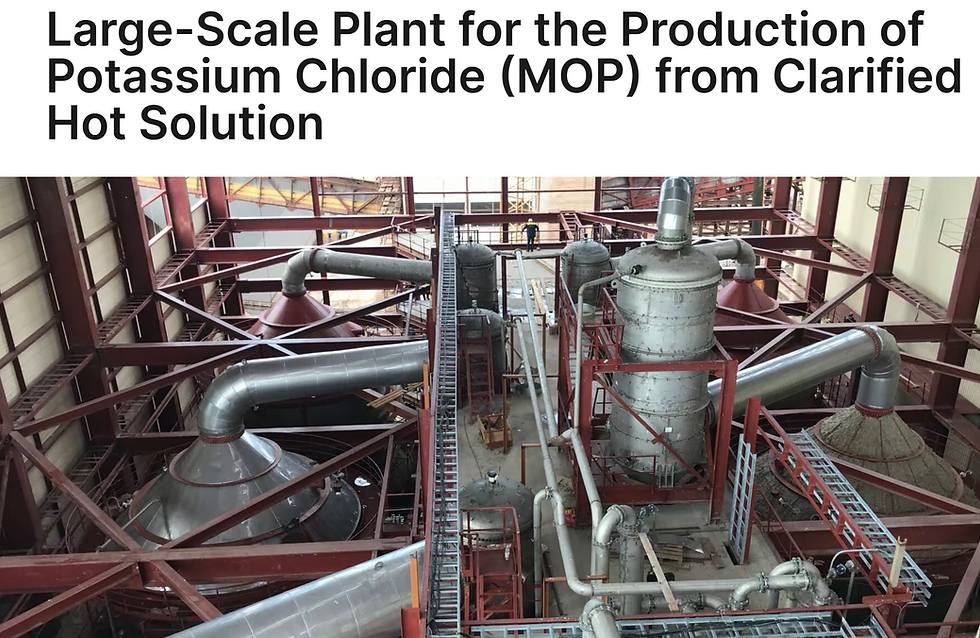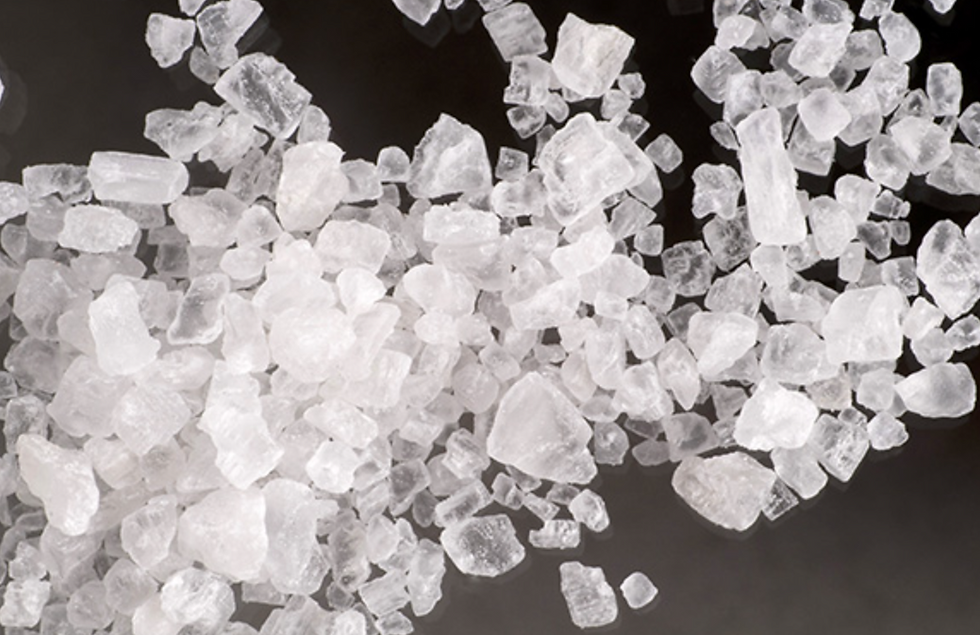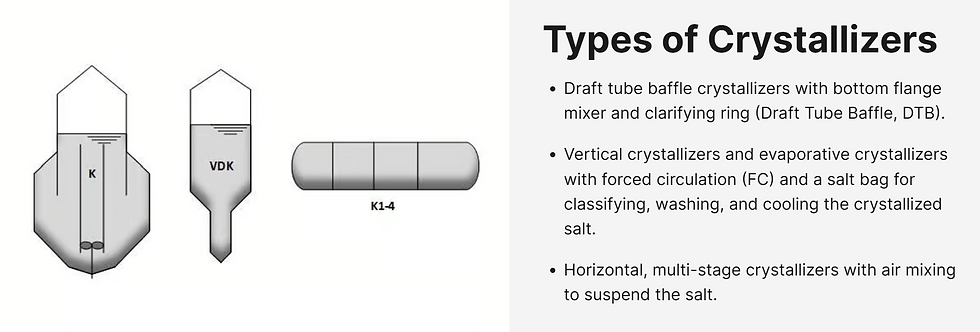top of page
Evaporation & Crystallization
Used for several purposes
-
Production of one or several salt(s) starting from a solution
-
Purification of a certain salt by re-crystallization
-
Separation of certain salts in order to improve product value (for example: potash removal for cattle feed)
How does crystallization work ?
Crystallization is a complex process which consists in reducing the quantity of water contained in the product, while increasing the salt saturation of the solution. Once the saturation limit is reached, crystal formation starts.
Crystallizer types
• Forced circulation
• DTB Draft Tube Baffle
• Horizontal
• Continuous oscillatory baffled crystallizer/ reactor (Nitech)

Potassium Chloride

Salt Crystals

Sodium Chloride

Oscillating Baffle Crystallizer

Evaporation Crystallization Pilot

Ebner types of crystallizers
bottom of page



